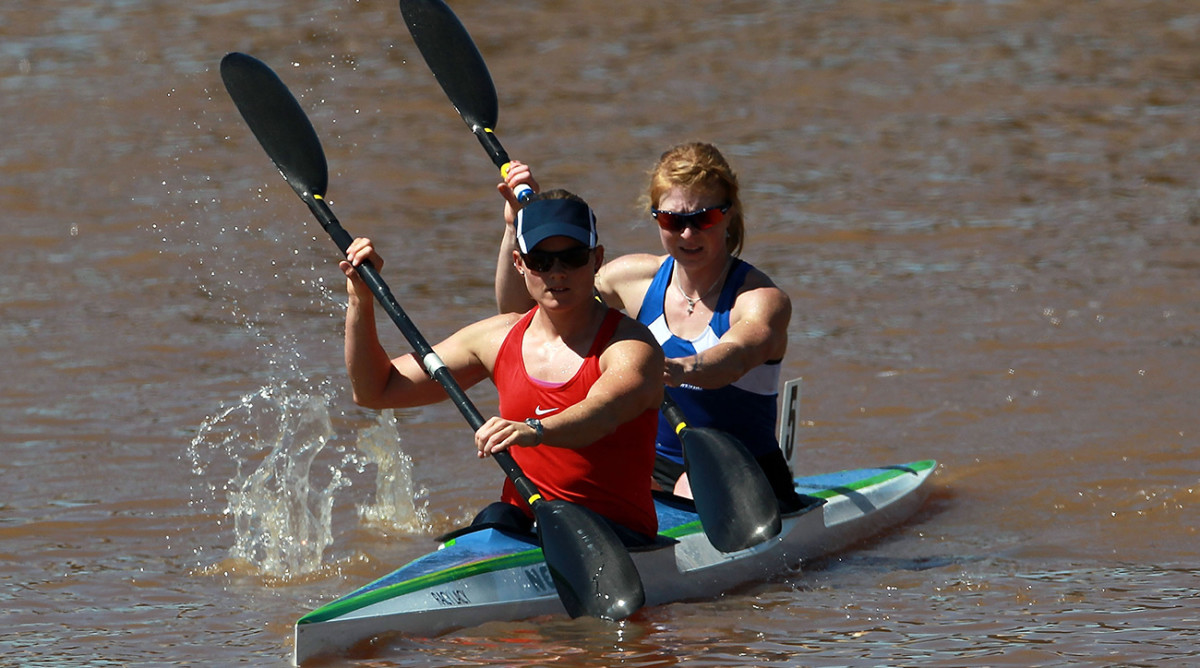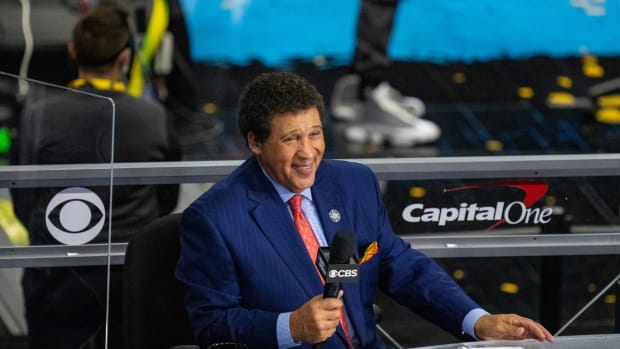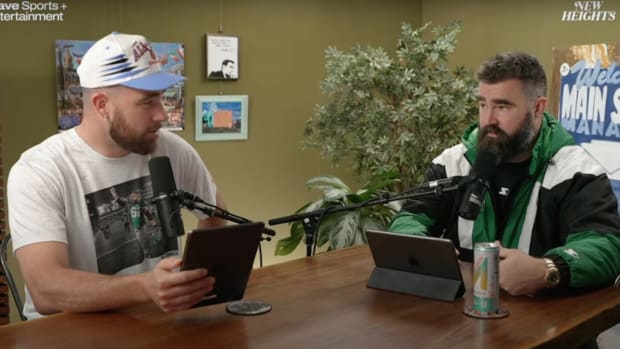Motionize tracking device pushes canoer Maggie Hogan to Olympic dream
Twice, Maggie Hogan’s Olympic dream was cut short.
Hogan experienced early success in competitive paddling, despite starting at the relatively late age of 26. After a little more than three years with a paddle in her hands, Hogan found herself in position to challenge for a spot in the 2008 Beijing Olympics, but she didn’t make the cut.
With four years more experience under her belt, Hogan felt even more confident as she pushed to race at the 2012 Olympics in London. But she met similar rejection.
“I almost retired two years after that,” she said. “But I kind of wanted to go out on top, so I asked Michele Eray, my coach, if she wouldn’t mind sticking with me for one more season, and hopefully leave on a better note.”
Now, at age 37, she has begun to do just that, becoming the first American to qualify for the Rio Olympics in canoe sprinting.
Part of her ability to make the Olympics this year was her growing experience. But another part had little to do with her or her work ethic. Hogan’s coach, a former Olympic canoer herself, turned to some of the latest technology to help Hogan perfect her form in time for a last push for the Rio Olympics.
Toward the beginning of her coaching stint with Hogan, Eray met with Guy Aharon, the CEO of a budding company dedicated to creating a sort of wearable for anybody in canoeing or kayaking. At the time, Aharon and his company, Motionize, were in the beta testing stages of a device the paddling world had never seen before.
Aharon, a passionate amateur kayaker, came together with the two other co-founders of Motionize around this time, and they all decided that paddle sports needed a tracking device much like what was catching on in a variety of other sports.
“I was jealous of all of the bicyclists and runners,” Aharon said of his drive to craft a device for kayakers and canoers.
Once the technology was ready for action, Hogan and Eray began training with it. Motionize’s primary product is the Paddle Edge, a set of two sensors that attach to either end of the paddle, and then special software that comes in app form. The sensors wirelessly link up with the smartphone that the Motionize software works through, and smartphone technology even adds some data to the mix.
• Get the latest sports tech news in your inbox
The smartphone sits attached to a mount on the front of the kayak or canoe inside a waterproof case so that the paddler can get real-time feedback and see exactly what they need to correct about their technique.
In addition to helping the paddler correct her technique—by tracking the optimal time for the paddle to enter and exit the water along with the exact amount of effort that needs to be exerted on each side—the Paddle Edge provides a few more metrics.
Among these are distance per stroke, strokes per minute, stroke length, paddle depth and heart rate efficiency. All of this data can be life saving for a canoe sprinter like Hogan, who needs the most exact figures in order to minutely tweak her already solid foundation of technique.
“I can ask Motionize if my stroke length is within a centimeter off to the right or the left,” Hogan said.
But all of this can be a bit much for a beginner, even though it is quite an empowering tool. In this case, it is important to have someone of knowledge to sift through the massive amounts of data and translate that to correcting form.
“We do not replace the coaches, we just give them better tools,” Aharon said of his product. Eray has noticed this too. She is using Motionize in her new venture, Multi-coach, a platform that is aiming to connect amateur kayakers with coaching, as finding a coach is relatively hard in the sport’s current climate.
Besides the sheer amount of new information in a paddler’s hands, one of the other more alluring aspects of the Paddle Edge’s is its price tag—$. Hogan is not funded by the United States or her sport. All of her spending money comes from fundraising or sponsors.
“We compete against some high-powered organizations around the world,” Hogan said. “The Canadian team has a huge budget. They have multiple coaches and science on their side. You can watch them on a workout and they bring computers out on their coaching boats.”
To put even this in perspective, Canada is by no means a perennial powerhouse in the sport, when compared to even stronger teams like Germany, Hungary or Australia.
For the immediate future, Motionize will be focusing on developing their devices for use in swimming and soccer, at the same time as Hogan is focusing on paddling her way to the medal stand.





